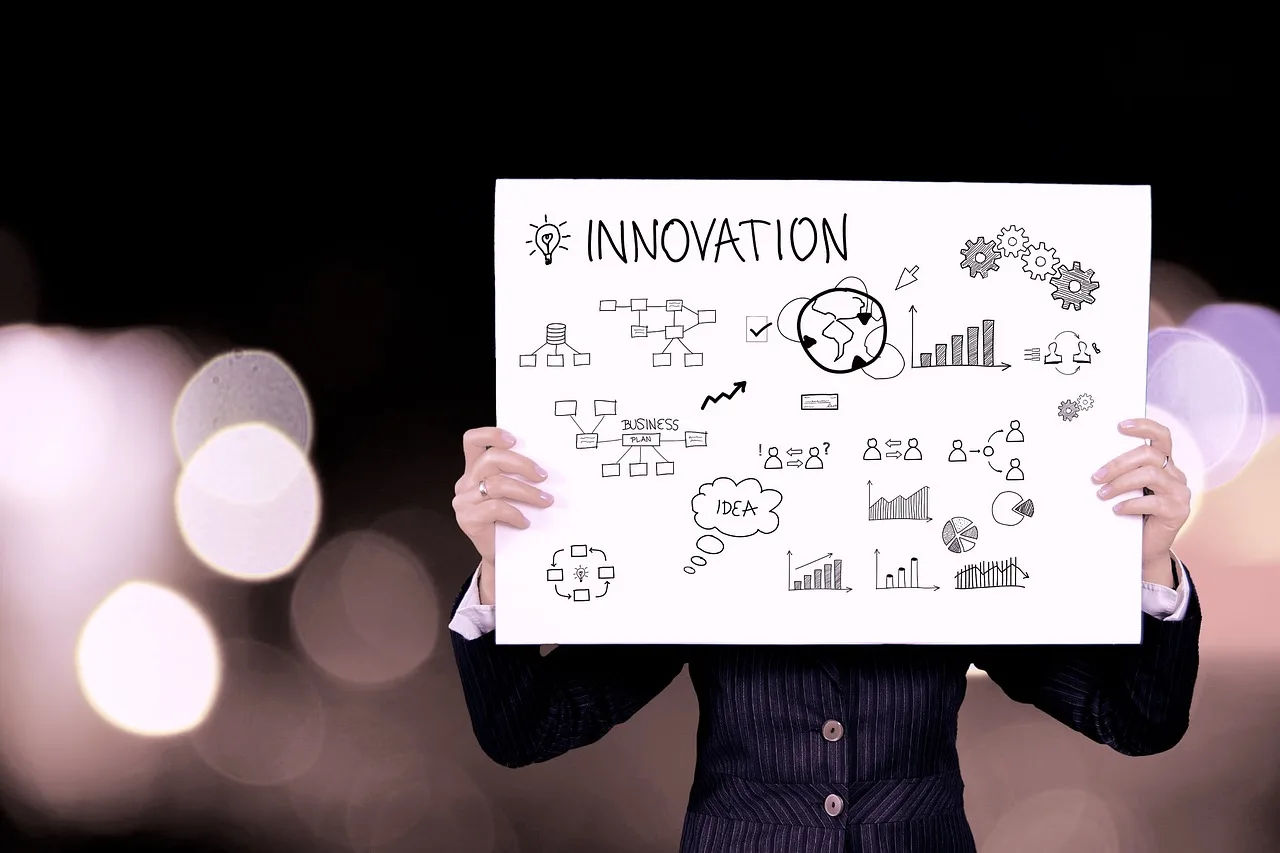The evolution of technology has ushered in innovative methods of advertising and marketing that go beyond traditional strategies. One of the most significant changes is the rise of social media platforms, which allow brands to interact directly with consumers. Companies are leveraging influencers to reach niche audiences effectively, creating relatable content that resonates with specific demographics.
Moreover, data analytics has become a crucial tool in personalized marketing; businesses can track consumer behavior and preferences, enabling them to tailor their campaigns for maximum engagement.
Another emerging trend is the use of augmented reality (AR) and virtual reality (VR) in advertising. This technology provides immersive experiences, allowing customers to visualize products in a more interactive way.
Brands like IKEA and Shopify have embraced AR, enabling users to see how furniture fits in their homes before making a purchase. This not only enhances the customer experience but also significantly increases conversion rates.
Additionally, experiential marketing is gaining traction, focusing on creating memorable experiences rather than just pushing a product. Brands organize pop-up events and interactive campaigns, encouraging direct participation and leaving a lasting impression on consumers. Finally, sustainability has become an essential pillar in advertising strategies.
This shift reflects changing consumer values, with brands promoting eco-friendly practices and products. Companies that prioritize transparency and social responsibility are building stronger connections with their audience.
In conclusion, the landscape of advertising and marketing is rapidly transforming, driven by technological advancements and evolving consumer expectations. By embracing these new approaches, businesses have the opportunity to craft impactful connections with their audiences, fostering brand loyalty in an increasingly competitive market.


Leave a Reply